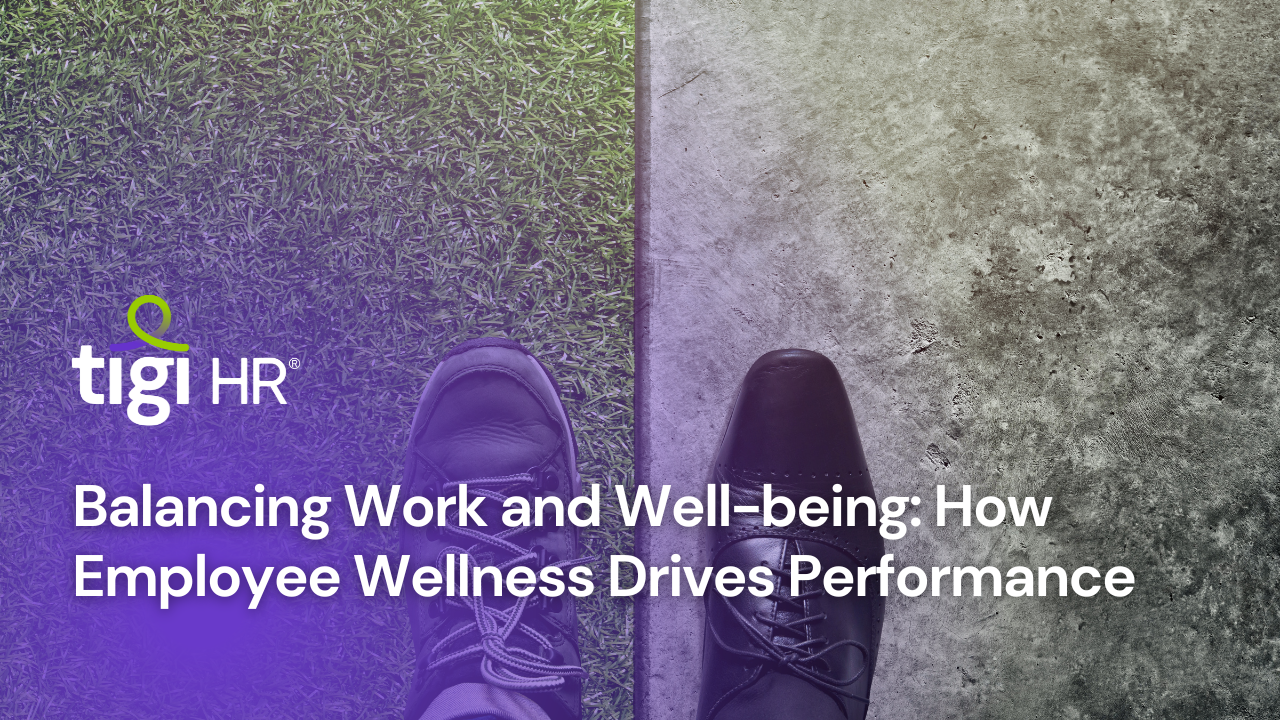In today’s fast-paced and competitive business world, companies are beginning to realize that the key to sustainable success lies not only in financial growth but also in the well-being of their employees. Employee wellness has emerged as a crucial factor that influences not only the health and happiness of the workforce but also the overall performance and productivity of an organization. In this article, we will delve into the importance of balancing work and well-being and explore how investing in employee wellness can drive performance and success for businesses.
The Link Between Employee Wellness and Performance
- Enhanced Productivity: Numerous studies have established a direct correlation between employee wellness and productivity. When employees are physically and mentally healthy, they are more likely to be focused, engaged, and motivated in their work. According to a survey by the World Economic Forum, companies that prioritize employee well-being experience a 22% increase in productivity on average.
- Reduced Absenteeism: Employee wellness programs that promote a healthy lifestyle, stress management, and work-life balance can significantly reduce absenteeism. According to the American Psychological Association, stress-related absences cost companies over $300 billion annually. By addressing these issues, employers can minimize the financial impact of absenteeism.
- Increased Employee Retention: Organizations that invest in their employees’ well-being tend to have higher retention rates. Employees feel valued and are more likely to stay with a company that supports their physical and mental health. A survey by Harvard Business Review found that 88% of employees who have access to wellness programs report higher job satisfaction.
Elements of Employee Wellness Programs
To understand how wellness drives performance, it’s essential to explore the key components of effective employee wellness programs:
- Physical Health: This includes initiatives like gym access, nutrition programs, health screenings, and vaccination clinics. Encouraging physical health not only reduces the risk of illness but also boosts energy levels and overall vitality.
- Mental Health: Recognizing and addressing mental health issues is crucial. Offering counseling services, stress management workshops, and promoting a stigma-free environment for seeking help can greatly improve mental well-being.
- Work-Life Balance: Encouraging a healthy work-life balance is essential for preventing burnout and maintaining employee satisfaction. Implementing flexible work schedules, remote work options, and paid time off can help employees manage their personal and professional lives effectively.
- Financial Wellness: Financial stress can significantly impact an employee’s overall well-being. Offering financial literacy programs, retirement planning, and assistance with debt management can alleviate this stress.
- Social Well-being: Building a sense of community within the workplace can boost social well-being. Activities such as team-building events, mentorship programs, and diversity and inclusion initiatives foster a supportive work environment.
Real-World Examples of Success
Several companies have recognized the value of investing in employee wellness and have witnessed significant improvements in performance and employee satisfaction.
- Google: Google is renowned for its employee-centric approach. The company offers on-site medical services, fitness facilities, healthy food options, and even mindfulness programs. Google employees report high levels of job satisfaction and productivity.
- Salesforce: Salesforce focuses on both physical and mental well-being. The company provides employees with access to gyms, wellness reimbursement, and a wellness program called “Mindfulness Matters.” Their efforts have led to impressive employee retention rates and positive reviews on platforms like Glassdoor.
- Johnson & Johnson: Johnson & Johnson has a long-standing commitment to employee health. The company’s wellness programs have reduced healthcare costs, lowered absenteeism, and boosted overall employee morale.
The Impact on the Bottom Line
Investing in employee wellness may require a financial commitment, but the return on investment (ROI) is substantial. Here are a few ways in which employee wellness programs positively impact a company’s bottom line:
- Cost Reduction: By promoting healthier lifestyles and providing preventive healthcare, companies can reduce healthcare costs associated with treating illnesses and chronic conditions.
- Higher Revenue: Increased employee productivity and engagement directly contribute to higher revenue. The healthier and happier the workforce, the better they can serve customers and drive business growth.
- Talent Attraction and Retention: Companies with robust wellness programs are more attractive to top talent. Moreover, they can retain their best employees, saving on recruitment and training costs.
- Reduced Turnover: Lower turnover rates mean reduced costs associated with hiring, onboarding, and training new employees.
Challenges and Considerations
While the benefits of employee wellness programs are clear, there are challenges and considerations that organizations should keep in mind:
- Customization: One size does not fit all when it comes to wellness programs. Companies should tailor their offerings to meet the unique needs and preferences of their employees.
- Measurement and Evaluation: To determine the effectiveness of wellness programs, it’s essential to establish key performance indicators (KPIs) and regularly evaluate their impact on employee well-being and performance.
- Long-term Commitment: Wellness programs should not be viewed as short-term fixes. To realize the full benefits, organizations must commit to long-term strategies that evolve with changing employee needs.
- Privacy and Confidentiality: Employee participation in wellness programs often involves sharing personal health information. Employers must prioritize privacy and confidentiality to build trust among employees.
Conclusion
Balancing work and well-being is not just a trendy concept; it’s a strategic imperative for organizations aiming to thrive in today’s competitive landscape. Employee wellness programs are more than just perks; they are investments in an organization’s most valuable asset—its people. By prioritizing the physical, mental, and emotional well-being of employees, companies can expect to see improved performance, increased productivity, and a healthier bottom line. As we move forward, businesses that embrace the symbiotic relationship between employee wellness and performance will undoubtedly enjoy a competitive advantage in the marketplace.
Also Explore: Future Trends of HR | Employee Development





